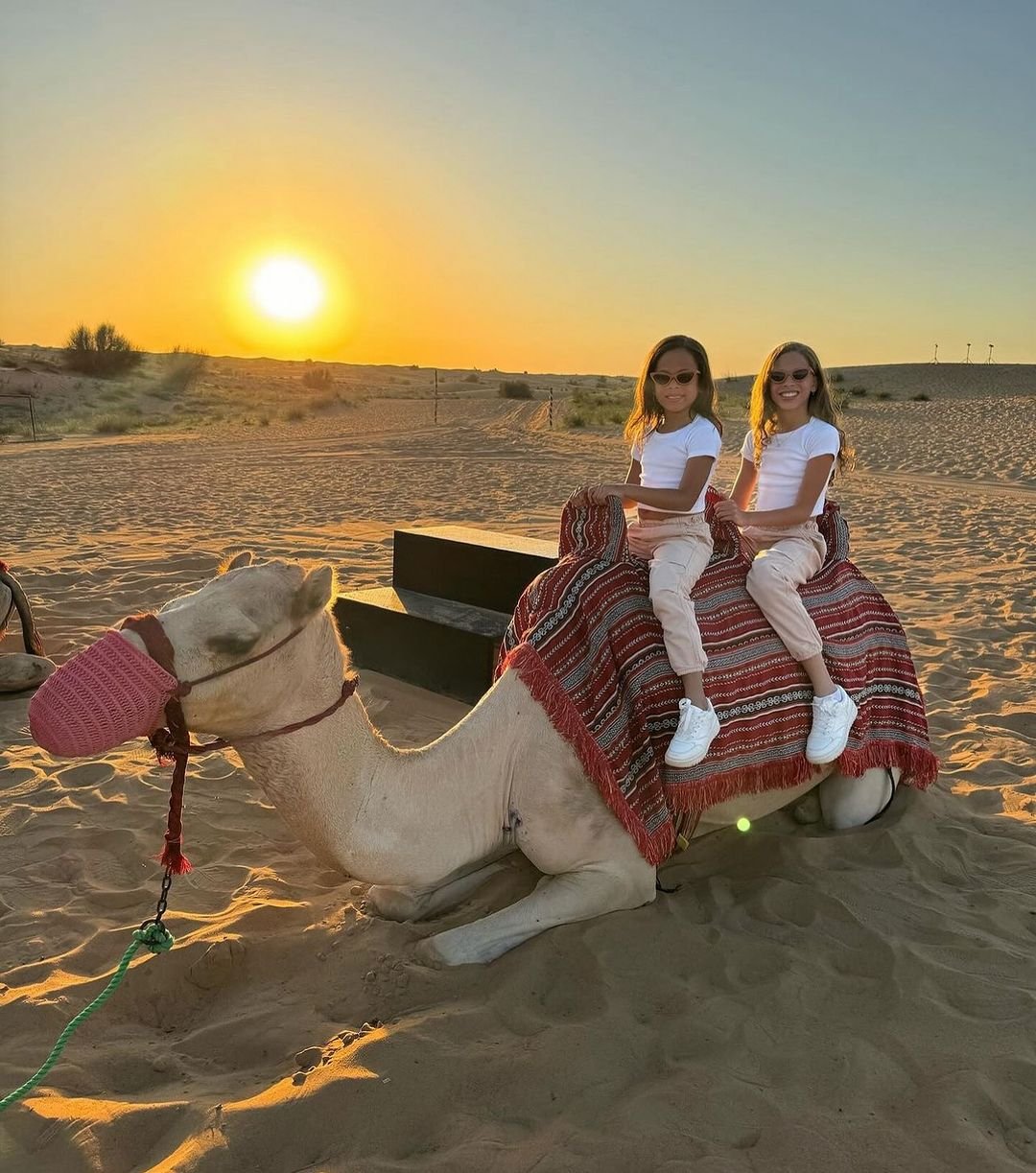
Ultimate Adventure with Our Desert Safari Dubai Packages
Dubai, a city synonymous with luxury, innovation, and breathtaking landscapes, offers an array of experiences for travelers. Among these, the

Desert Landscapes In Dubai, manifests itself as a bewitching fusion of rolling dunes that disappear over the horizon and intense skies in which beams of sunlight combat wisps of cloud. If you want to travel to this magnificent place, you must know why Palm Springs is like this. You can greatly improve your approach to shooting desert photos by embracing these elements.
The Quality Of Light – One of the most important factors in desert photography is… Otherwise, you get over-exposed images with much contrast between the lighting. It is best to shoot during golden hours. — 6–8 AM and around for an hour or two from sunset. At these hours, the light is soft and warm; it casts long shadows and highlights natural textures in the sand. Here is the desert at its best, where light golden colors are combined in time with and between dusk brightens & crepuscule emergence.
Composition is even more important in the vast emptiness of the desert. Find some leading lines created by the sand ripples or dune curves so that they can flow through and take them on a journey in your photo. This is where the rule of thirds comes into play, which is an excellent way of creating a balanced and interesting composition. For a vast open sky, place the horizon line along either the top or bottom third of your frame, and for focusing more on patterns in the sand, put it dead center. Get In Touch With Luxury Desert Dubai. A single tree, a camel, or even one person will make for some scale (and interest.)
Desert photographs can seem boring as the vista is very flat, but adding depth to your image will make it much more captivating. Adding in some foreground, like rocks or vegetation- or even your footprints- can provide another dimension level. These elements in certain positions lead the viewer’s eye into the photograph, forming a path throughout your composition. Get on your back and see if you can find something interesting in the foreground.
When you are in a desert, the sky at sunrise and sunset can be dramatic. Playing with that color by pushing your reds, purples, and oranges from deep in the shadows to bright, vibrant pinks can create another emotional attachment to your work. To photograph these beautiful skies, try using a graduated neutral density filter. Doing this will help properly balance the exposure of those two different elements, providing accurate exposure for the bright sky and dark desert landscape.

The desert has some of the best night photography conditions in areas with clear skies and minimal light pollution. With the sky clear of light pollution capturing the stars, another distant Milky Way can be a great addition to your desert photography catalog. Grab as much light using a fast lens (preferably with f-stop 1.8 or faster) and take the help of a wide-angle focal length lens to get into small spaces. It will come in handy! Tripod – to hold your camera steady during long exposures. Play with the exposure lengths and ISO to get a happy medium between keeping good quality and getting enough light from the stars.
It presents a whole new challenge to photograph in the desert. The sand can get into your camera gear and ruin it. Use a camera with full sealing on the jacks and place your lenses, charger, and battery in a damp-proof and accessible bag if available. If it is blowing sand as well, a lens hood can also serve to protect your lens. Some products that can give you vertigo… So, keep your body and equipment fresh because it gets really hot. Keep Water, Hat, and Sunscreen with you. Be aware of its operating temperature limits to prevent your camera from overheating.
Optional post-processing for desert photography: The sand and sky have such beautiful colors that turning up the contrast and saturation can make them pop. You can do this by using the clarity and texture sliders, which will help bring out all those complex details in the sand. They can be combined with dodging and burning to emphasize the highlights or shadows, giving your images more depth. You must ensure that one does not overdo it as this ruins the image quality instead of adding cornfield texture in snaps.
One great example of this when it comes to desert photos is finding unique angles and positions that will make your photo interesting, so experimentation in those regards was also key. Shooting from low angles can help highlight the massiveness of the dunes while also adding some dimension and scale. If you own a drone, use it to shoot extraordinary birds-eye views that will give off the epic nature of the desert in Dubai.
The desert is not all sand and comes with native objects that can add texture, variety in the shade, or something to reflect light into your photos. Seek wherever the sand meets cliff-sides, light vegetation, or patches of green. These features give the eye something more than endless dunes to take in and can serve as a focus point for your images. The soft, curved lines of the sandpans versus the hard, spikey rocks make for some amazing compositions. Equally bright is the green of desert plants against sepia tones in the sand.
At first glance, you may think of the desert as an empty, wasted space. On closer examination, surprisingly, many forms of life will show up if you only know where to look and observe what is happening around this planet in survival with other creatures on it. Photographing camels, Arabian oryx, and desert foxes wildlife also provides another exciting perspective in your photography. The best time to photograph most of these is in the mornings and early evenings when they are more active because the light is better.
The desert is a blank slate for landscapes with golden hour light, making it an ideal setting to capture beautiful and dramatic photographs. Exploring Perspectives, Utilizing Natural Elements, Narrating Strong Stories, and getting the feel of desert life will help you create a Unique Style in your work. Every trip to the desert will be different, so this location encourages you to build upon your abilities and creativity. Embark on your experience, giving it the freedom to let loose as you allow the desert surrounding Dubai to coax out its beauty.

Capturing the desert landscapes of Dubai can be an adventure both from a technical and artistic point! Understanding the desert, time of day, composition, and what to do when things get in your way will permit you to take incredible images that showcase this quite spectacular environment. Enjoy the exploration and process of creation as you play around with different methods to make your desert art!

Dubai, a city synonymous with luxury, innovation, and breathtaking landscapes, offers an array of experiences for travelers. Among these, the

Dubai, known for its modern skyline and luxurious lifestyle, also boasts one of the most magnificent natural landscapes in the